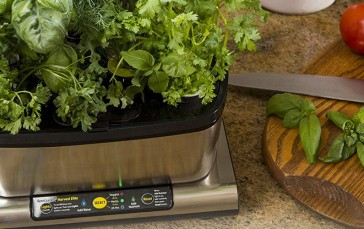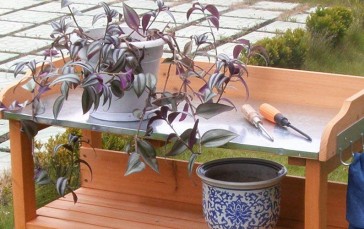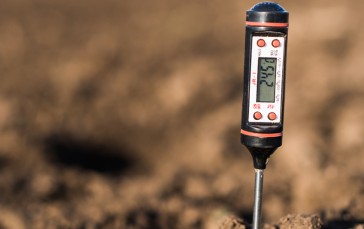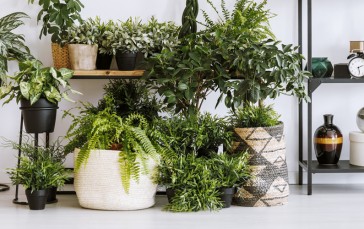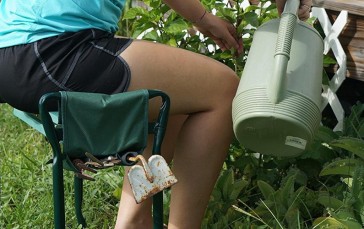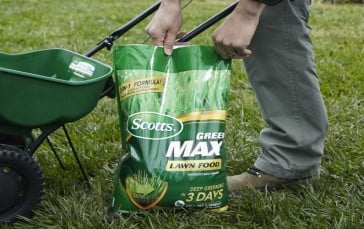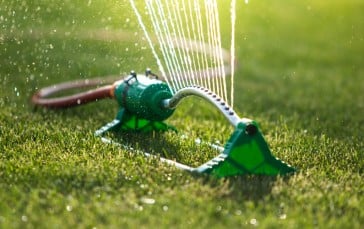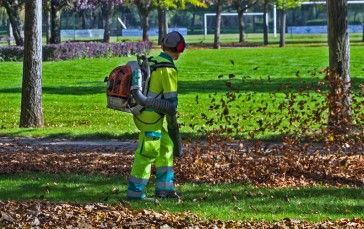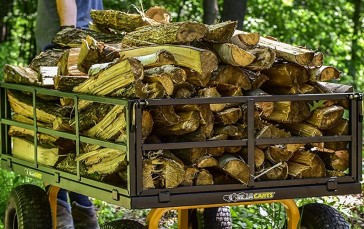Grow Food Without A Garden
Growing your own plants is one of the best ways to witness the miracle of life and equally get a healthy meal out of it. Unfortunately, many people shy away from the task, not out of lack of interest, but due to minimal space. The good news here is that, there are some vegetables that grow out marvelously, without the need of a garden – whether from a plant pot to a designated area on the patio, even fire escapes could be a great alternative. To ensure your venture into the botanical world hit, here are top tricks to grow food without a garden.
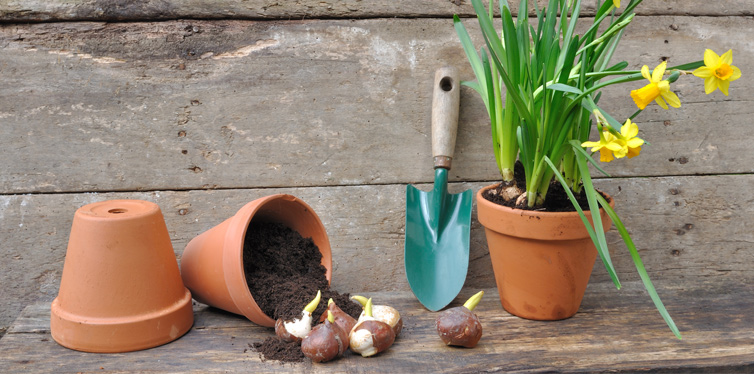
1. Do Some Research On Container Gardening
Living spontaneously works perfectly for some things, for others, it just results in a few trial and errors. Container gardening falls into the category of the latter. After making the decision to start a grow food without a traditional garden, the next step is to find out all you can about container gardening. In the simplest of terms, this involves growing plants in pots and, of course, containers rather than out of the ground, or using indoor herb garden kits. It sounds simple enough but there are methods that make it more effective. Getting conversant with them before had is a great way to get started.
2. Examine Your Lighting Situation
Right before you stock up on plant pots, potting benches, seeds, and seedlings, you need to understand the overall lighting situation in your home. Check and record the number of hours your windowsill, patio or fire escape gets light every day. Look out for the areas in your home which receive an ample amount of sunlight and note them. It is no secret that plants need a whole lot of sunlight to grow, a minimum of 6 hours is required for them to thrive.
In addition to picking the spot, you also need to be vigilant, in the case that only one side of your plant is receiving sunlight, then it will end up bending. You can equally make use of grow lights or fluorescents to simulate sunlight.
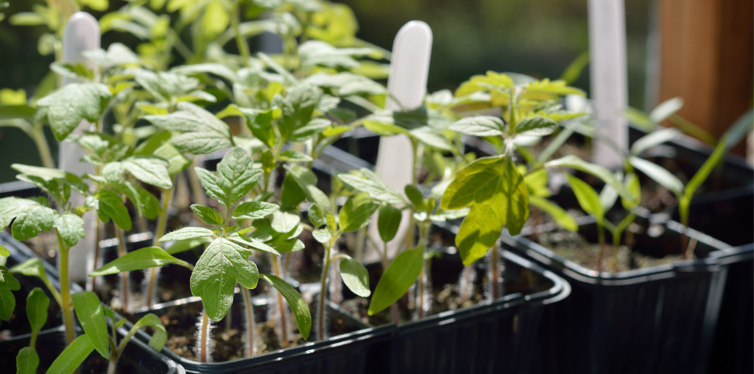
3. Stick To Mini Vegetables
Plants come in a range of shapes, and more importantly, sizes. Since there is less space involved when ‘gardening’ without a garden, it is important to take full growth size into consideration. Anything that grows out too big may not cope well within the confines of a pot. So, it is best to stick to options preceded with the words, dwarf, baby or bush. Also take into consideration the plants that grow downwards, varieties like parsnips may not fare well. On the other hand, small rooted carrots and radishes may be alright. To stay on the safe side, go for options that are listed as suitable for container growth.
4. Pick The Right Plants
For the most part of it, plants are not picky about whether they want to be grown indoors or outdoors, a wide range of plants can be grown in both settings. As long as they have access to adequate amounts of light, water, optimum temperature, etc, there is nothing to worry about. As aforementioned, you should pick mini plants for their convenience as well as yours. Taking it a step further, growing plants with similar needs (light, watering, humidity, etc) together is highly convenient. This way, you will not have some high achievers growing next to plants that are just struggling to get by. Some light reading, in books and online, can reveal the best pairings.
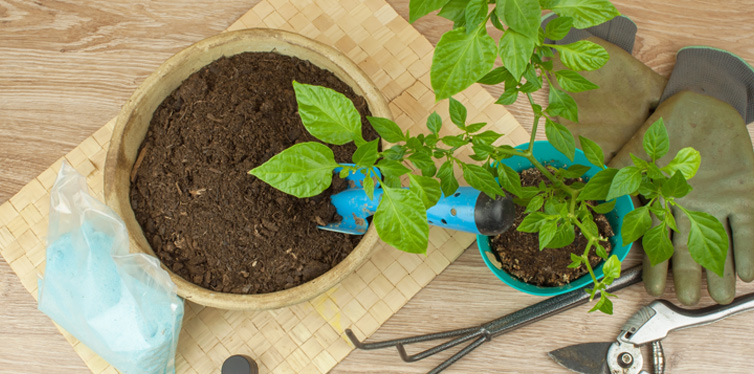
5. Plant Them In Compost
It may seem logical to start out your planting with garden soil. Nevertheless, there are downsides to that which you do not want to deal with in an indoor setting. Not only can it bring pests and creepy crawlies inside, but the soil also has the tendency to get compacted in the pot. This, in turn, could suffocate the plants and that does not bode well in any scenario. To get started off planting with compost, simply sprinkle the seeds on it, then cover with a layer of compost. Watering should be done sparingly, waterlogged compost is just as bad as compact garden soil.
6. Water Properly
The same way a belly too full of water will not do you much good, a pot full of water is uncomfortable. Even out in nature, waterlogged areas do not experience a lot of plant growth. Overwatering plants makes it incredibly difficult for oxygen to reach the roots, which in turn leads to death. In addition to watering the plants, be sure to employ the use of a good liquid feed to ensure that they are well nourished. As a precautionary measure, place a saucer or a drip tray beneath the pots and/or containers in order to guard against leakage on your floor.
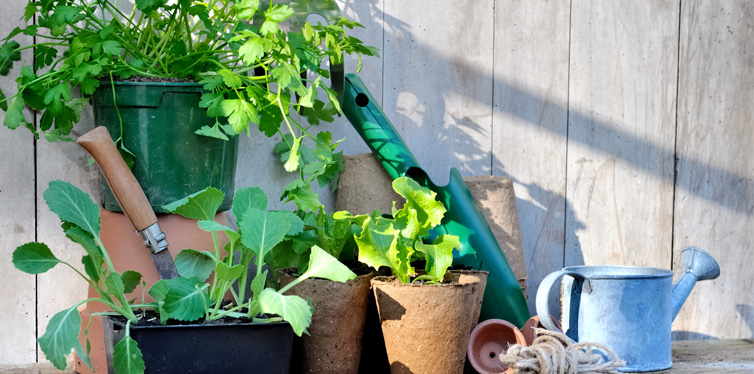
7. Utilize The Darkness Too
As much as light is important for plant growth in general, you could opt to your hands at plants that thrive without it. The first plant is technically a fungus, but the main thing to note here is that it thrives in the dark. They do not even need the least amount of light to grow, so you could pull out a cupboard and start the process. To get this done, you can simply mix some compost and mushroom spawn in a container, then pop it in a drawer. For more complicated varieties, you may need to use a log that has been specially prepared.
8. Monitor Their Vertical Growth
Vegetables like cucumbers, tomatoes, and eggplants, the stalks have the ability to grow quite tall. If you happen to have big enough windows, these plants among others are a great fit. Nevertheless, to guard against your home becoming a greenhouse some precautionary measures need to be taken. Once they have reached the top of the window or height you are comfortable with, pinch out the growing tip. Note that if they get too long, they could end up blocking out light and starving other plants. Note: Plants like dwarf beans and peas are magnificent indoor plants, but you need to give them something to climb up and grow around. A cane works just fine.


